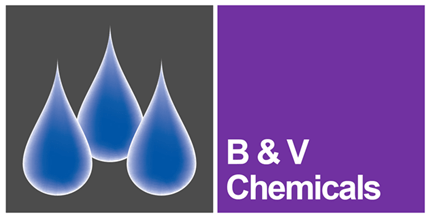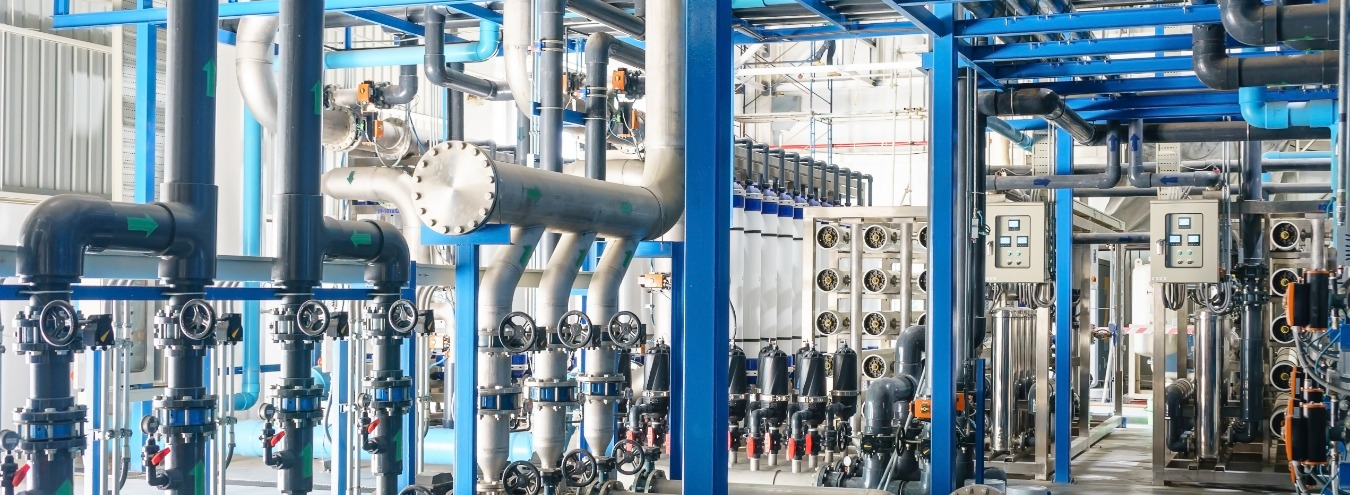When it comes to demin water fed boilers, we need to control two discernible factors of the chemistry: corrosion and fouling – in the feed, boiler and condensate systems.
As corrosion is caused by acid, alkali or oxygen, we need to control the pH and oxygen. If either of these are out of control, fouling occurs. A number of other nuances can also occur, as we've outlined below.
Oxygen Scavenger
New standards do not recommend testing this in the boiler water (BS EN 12592/3) but to test the feed to prove a positive residual, greater than the oxygen level.
Historically, everyone (as in BS 2486) recommended a reserve in the boiler, on the assumption that “if it is right in the boiler, everything is alright”. This has been turned on its head and it is now “…if it is right in the feed, everything is alright”.
Technically this is correct and much better, but BS 2486 is still a valid standard if that is what you have agreed to act upon with your client. Sulphite can be used but adds excessive TDS and can contaminate steam.
Organic scavengers such as DEHA; Carbohydrazide or eythorbate work by reacting with iron to reduce it to magnetite (Fe3O4) after oxygen has “rusted” it to Fe2O3. Provided there is approximately twice as much scavenger as there is oxygen in the feed – you will have no oxygen corrosion problems – including in economisers.
pH
pH must be alkaline. The exact value can be specific to the boiler, but 9.0-10.5 is generally accepted. This is a critical analysis. If it is <9 the risk of corrosion is severe. If it is >10.5 the risk of caustic corrosion increases. (See caustic alk, below).
Alkalinity
Alkalinity control in a demin boiler is an academic subject in its own right if phosphate is in the boiler programme. There are many papers on control via “Captive Alkalinity”; “Co-ordinated Phosphate”; “Congruent Phosphate”; “Equilibrium Phosphate”.
Caustic alk
Caustic alk is sometimes specified but too much o-alk can lead to caustic attack on the boiler There is no clear role for caustic alk in a demineralised boiler and it is unnecessary.
Total Dissolved Solids (TDS)
The exact value is specific to the boiler and dictated by the operating pressure, but 50-100mg/l is all that is needed although up to 1500mg/l is accepted. They are basically the chemicals added by the water treatment regime.
Cycles
Cycles cannot be easily measured in the boiler, as feedwater levels are normally so low. This will be set for a given boiler but is typically 50-100. Too low indicates excessive purge and a waste of fuel, water and chemicals. Too high indicates low purge and a danger of unexpected problems. These values are much higher than in softened water boilers – resulting in major cost savings.
Phosphate
Phosphate is added to create the alkaline conditions required. They are not present for the same reasons as in a soft water boiler. They provide alkalinity with zero or minimal caustic – which is the various programme names used above, in the alkalinity section.
If you require any further information on testing in demin fed steam boilers please contact ownlabel@bvwater.co.uk.
Further reading
Want to learn more about steam boiler water testing? You may be interested in one of our other blog posts:





